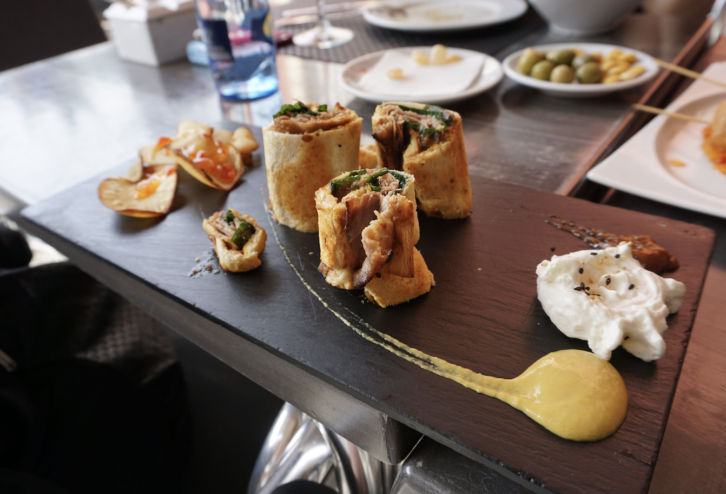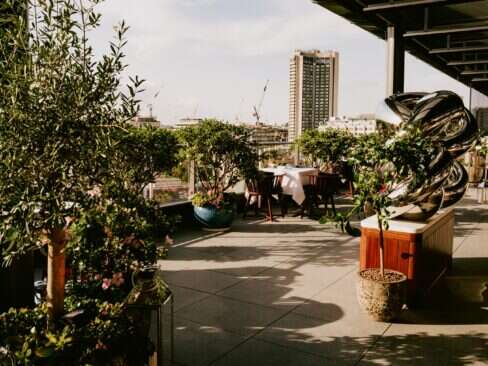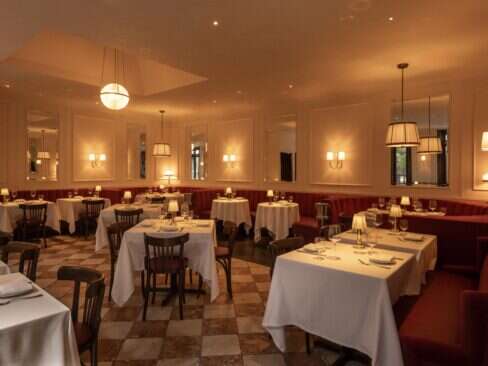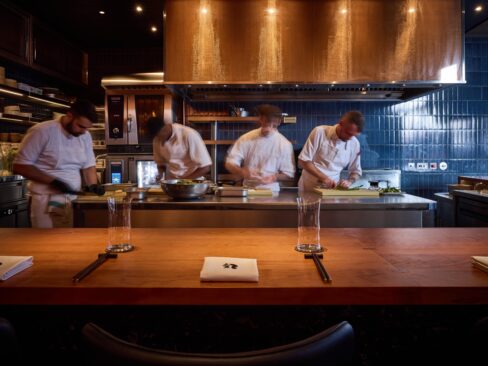Traditional Spanish cuisine is celebrated across the world. Few other regions can claim to produce more high-quality ingredients than the Iberian Peninsula, and over the course of generations, the Spanish have put them to fantastic use.
The country boasts an impressive 202 Michelin-starred restaurants including 25 two-star and 11 three-star establishments. Some of these are considered to be among the best restaurants in the world with reservations required up to a year in advance.
To sample the standout dishes of Spanish cuisine in its most traditional sense, one must travel to the region in which it was first developed. Here Elite Traveler picks four essential dishes every gourmand must try while in Spain, and details the best regions and restaurants in which to try it.
Paella in Valencia
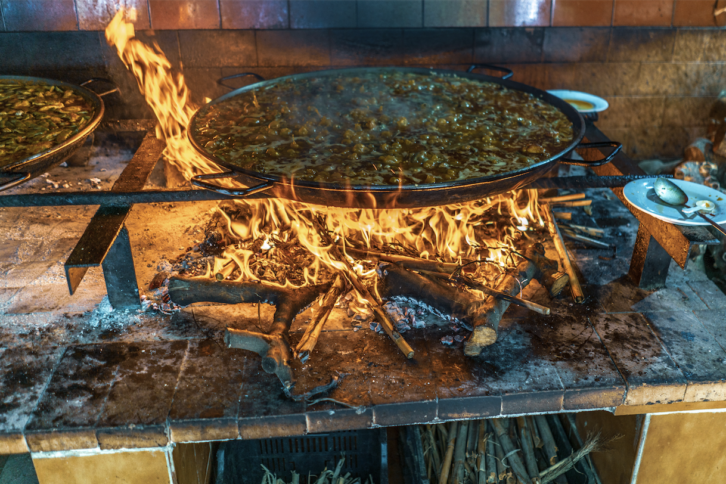
Paella / ©JeffTurner
Paella is quite possibly the most famous and popular dish in Spanish cuisine and is available in almost every village, town and city across the country. However, to experience this exquisite rice dish in its best form you must head to its place of origin: Valencia. A traditional paella contains a mixture of chicken, rabbit and vegetables (some insist that snails are an essential ingredient as well).
Casa Salvador is considered one of the best places in the city to eat paella. This restaurant has been making the dish for over 60 years and today boasts 13 varieties. Its location next to a beautiful freshwater lagoon is just as much of an attraction as the incredible food. Another storied paella destination is La Pepica. Hemmingway visited this seaside restaurant during his tour of Spain and even royalty have been drawn to experience the local cuisine.
Pintxos in San Sebastian
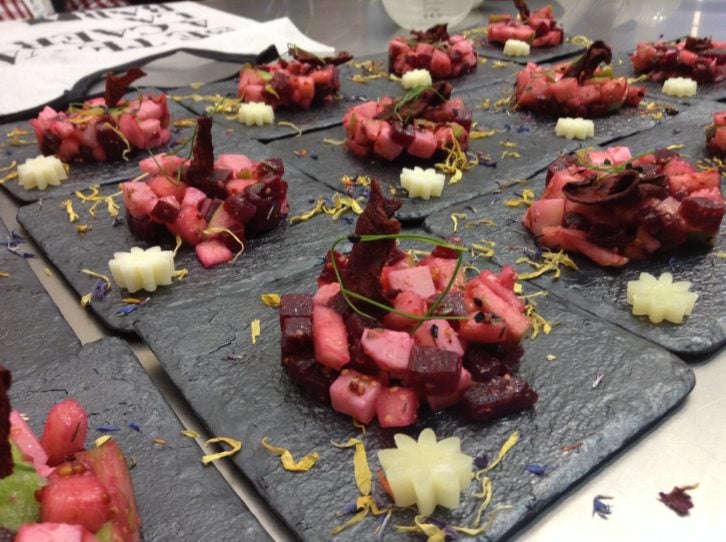
©Queseria la Antigu de Fuentesauco
San Sebastian has more Michelin stars per person than any other town in the world. It has seven one-star restaurants, one two-star and three three-star restaurants all within ridiculously close proximity. To dine like a true Basque, however, you must sample as much pintxos in as many different bars as you can. These bite-sized snacks are made with traditional Basque ingredients and are usually eaten in between meals with a glass of wine.
Each bar typically specializes in just one type of pintxo, so to experience everything San Sebastian has to offer you must walk from one bar to the next with surprising regularity. For a modern, fine-dining take on this long-standing tradition, visit A Fuego Negro. Here you can sample a wide range of different pintxos with their tasting menu. Another must-visit is Bar Txepetxa, which is quite possibly the best place to eat anchovies in the whole of Spain.
Tapas in Seville
Tapas simply needs no introduction. Available in restaurants all over the world, tapas is one of Spain’s greatest gifts to the world. Originally, tapas was a way for Spaniards to fill the gap between meals, but today it is considered a meal itself, allowing people to try a wide variety of food in one sitting. Although tapas restaurants are located all over Spain –each region has its own customs – the best place to experience it is in Seville. The baked Andalusian capital is renowned for its tapas and the evening tapeo (tapas bar crawl) remains an essential part of the Sevillian culture.
Due to the intense heat in Seville, cold soups are ingrained in tapas culture. Gazpacho is the most famous variety, which blends tomatoes, peppers, cucumbers and garlic and is typically served in a glass. Iberian ham (jamón ibérico) is a prized delicacy in this region. Made from acorn-fed pigs raised in the Andalusian village of Jabugo, it is one of the region’s biggest exports but is at its best within the city walls.
La Azotea is probably the most popular tapas bar and has three sites across the city. The menu changes with the seasons to make the best use of fresh ingredients but always stays in line with local customs.
Pisto in Murcia

Murcia / ©MarianoOrtuñoGambin
Pisto is one of Spain’s lesser-known dishes but is nonetheless a pillar of their culinary culture, particularly in the region of Murcia. The dish is Spain’s answer to France’s ratatouille and it traditionally contains onions, eggplant, courgettes and peppers, all of which grow in abundance during the summer months in this region of Spain. It is also a popular filling in empanadillas. Murcia itself has a strong food culture with a large number of restaurants in Michelin’s latest guide.
Only one restaurant, Cabaña Buenavista, is worthy of actual stars – it has two – but the best meals in Murcia are not necessarily the most expensive. Local de Ensayo is the perfect place to sample the beautiful local fare. The open-view kitchen and stylish décor blend perfectly with a creative menu for a memorable dining experience at a very reasonable price.






